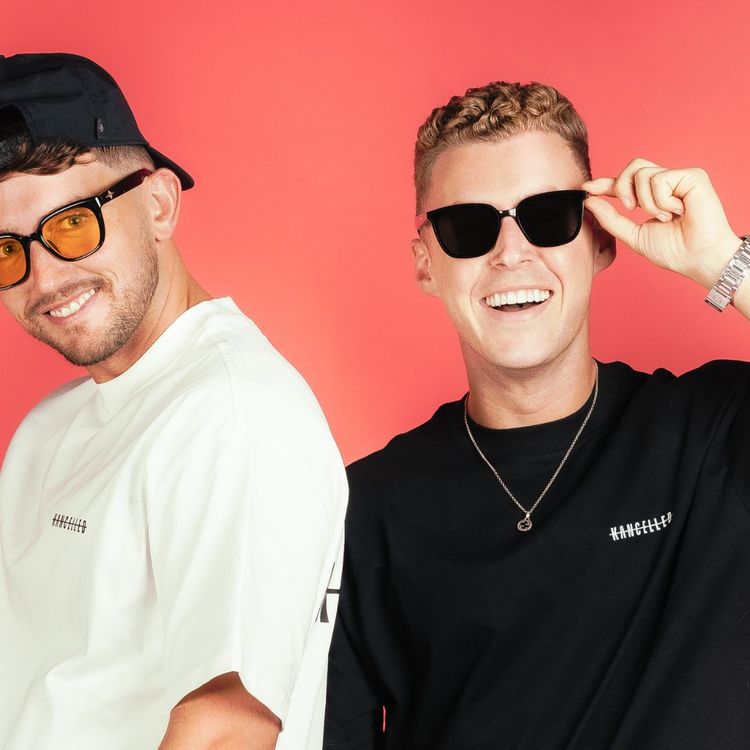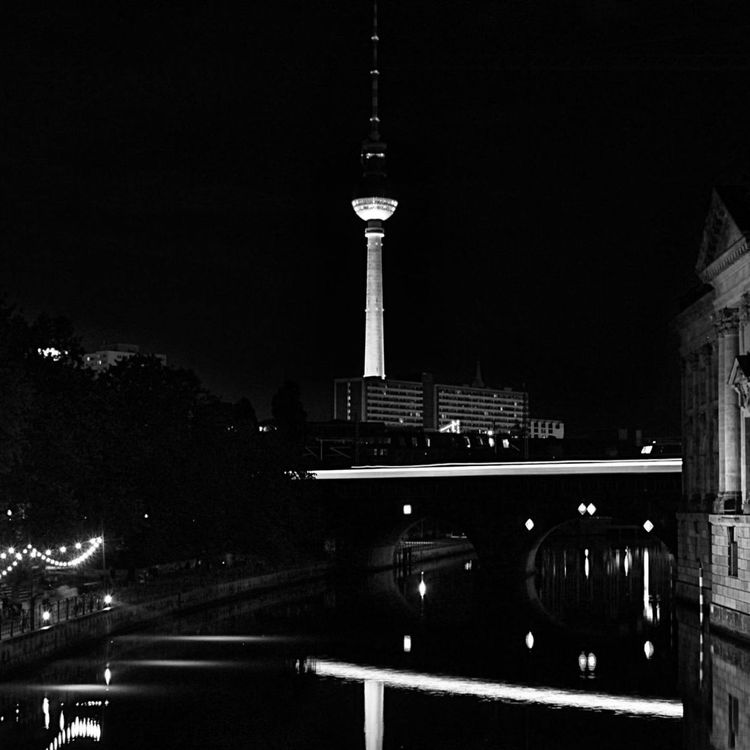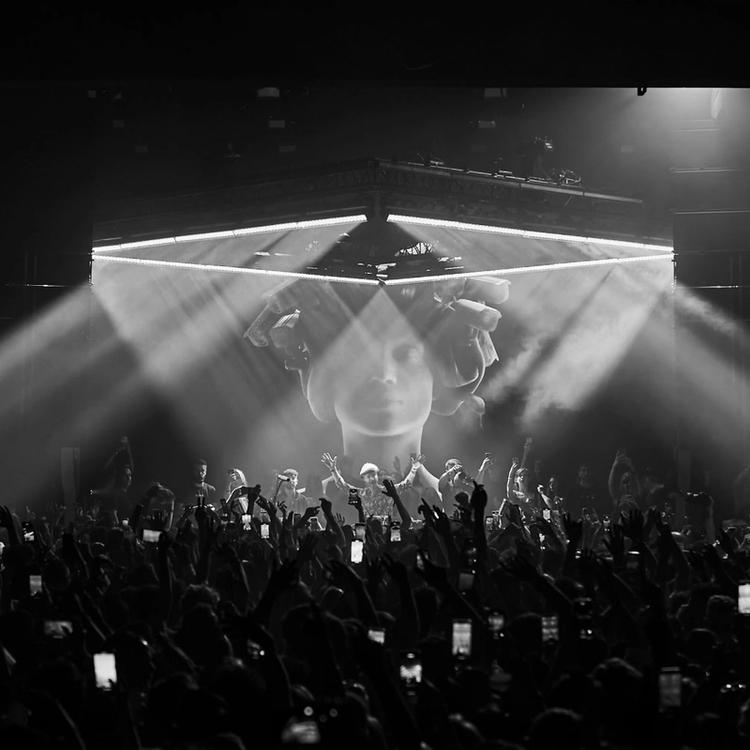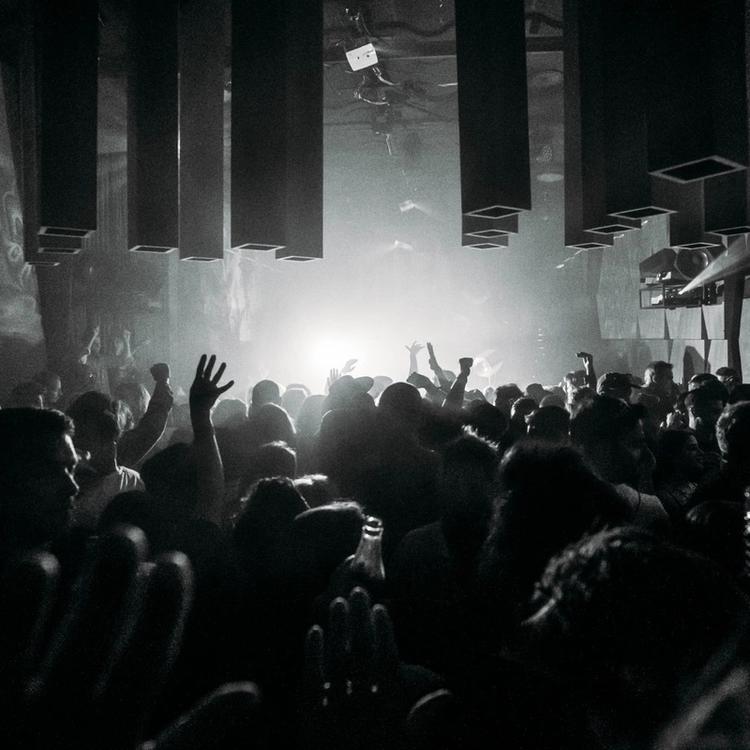House Music History: What Is Deep House?
Like most terms without a dictionary definition "deep house" has held many meanings. But the first definition remains one of the most apt. In the words of one Chicago-bred aficionado in 1999, "Deep house is strictly disco and old R&B. Screaming black lady music . . . DJ Rush on a Sunday night at the now defunct Medusa's. The original Bad Boys of Chicago. Frankie Knuckles. Farley. Hearing Martin Luther King's 'I Have a Dream' over a track."
So the term acts as an umbrella for pre-house classics—not all of them R&B or disco, either—ranging from Liquid Liquid's "Cavern" or the Police's "Voices Inside My Head" to Loose Joints' "Is It All Over My Face" or Carl Bean's "I Was Born This Way." But that's not all it is—and no, it's not the crisp, digital, bass-heavy tech-house with the occasional sampled vocal snippets that Beatport has insisted for a decade on calling "deep house," either.
Instead, let's rewind to 1987. In New Jersey and New York, "a deep style of club music based on a heritage that had its roots firmly in R&B . . . was taking shape," as house historian Phil Cheeseman wrote. "The emphasis was on songs, which came with Arnold Jarvis' 'Take Some Time Out,' Touch's 'Without You,' [Blaze Present] Exit's 'Let's Work It Out,' and a record on Movin, a new label run from a record store in New Jersey's East Orange—Park Ave.'s 'Don't Turn Your Love.'"
In Chicago, Cheeseman added, "The record that defined deep house was the Nightwriters' 'Let the Music Use You,' mixed by Frankie Knuckles and sung by Ricky Dillard, a record that a year later was to become one of the anthems of the UK's Summer of Love."
The Summer of Love is a helpful demarcation point. Prior to 1988's season of mass raving hysteria in the UK, the term deep house was hardly necessary. In Chicago, at least, house meant the seventies tracks as well as the newer ones by Frankie, Farley, et al. It referred to a style of playing and a lineage, not necessarily a genre. But when the Brits went doolally over "acid house"—meaning all of house, to them at the time—it necessitated a more specific terminology.
In 1993 Chez Damier, Derrick May, and Ron Trent started Prescription Records. Damier, a Chicago native, May were the founders of Detroit's legendary Music Institute. Trent's career began at 15 when he made history with the still-astonishing "Altered States."
Prescription issued a knot of 12-inches—in particular, Chez-N-Trent's "Morning Factory" and Romanthony's "The Wanderer (Journey Man Thump)." Along with the work of Gemini, aka Spencer Kincy, these records defined "deep house" anew. Music made in the present day with gospel, blues, and jazz running through the grooves.
"Apart from each other Ron was a fairly decent keyboardist but you can hear the difference and the energy," Damier said in 2010. "So when we came together that was the magic, because you had that kind of intense versus mellow combination actually happening."
Nineties deep house defined the difference between club and rave crowds. By 1993 in New York, Darshan Jesrani of Metro Area once said, "There was a total split. The deep house sound was a little more urban, a little older, a little more sophisticated, a little gayer. Raves were for everybody else—all the outer-borough kids."
But it wasn't just ravers that deep house reacted against; it was also house music's early-nineties commercial ascent.
"There was a whole era where house music was number one on the radio," said Larry Tee, who earned a gold record in 1993 for producing RuPaul's "Supermodel."
"A lot of songs that were happening from '90 to '93, like 'Pump Up the Jam' [and CeCe Peniston's] 'Finally,' went Top 5." House DJs, Tee added, "at that point needed to choose a side, because if you were going to try to play different kinds of music [than house], you were going to get left [behind]."
Deep house was typically American in the eighties and nineties, particularly in Detroit. Producers like Moodymann, Theo Parrish, and Mike Huckaby stepped forward in the late nineties. Huckaby first recorded for Rick Wade's Harmonie Park label, which also issued many stellar tracks by Wade himself, collected in 2009 on Harmonie Park Revisited, released by Rush Hour in the Netherlands. "Almost instantly, I began getting a lot of gigs after Harmonie Park Revisited came out," Wade said in 2012. "Almost every week, there's a new offer."
Deep house had been commingling with European minimal techno for a while by then. The key album there is Luomo's Vocalcity (2000), which one fan recommended for "early Chez-N-Trent fans . . . wondering where you can scratch that itch with newer artists . . . vocals that creep in and out of the murky dubbed-and-dialed-out deep house."
In particular, UK producers who'd matriculated in dubstep during the mid-2000s swerved into deep house as the 2010s approached.
"A few years ago, Nick Craddock linked me to these cassette rips of a Spencer Kincy set at a night . . . called Deep in the Flowers," Ben UFO said in 2012. "Hearing those for the first time completely changed my perspective on how house music was 'supposed' to be mixed. His mixing style couldn't have any more in common with UK pirate radio DJing—hyperactive cutting, quick blends, and spin-backs . . . I can't overstate the impact that set had on my DJing."
No surprise: Deep house remains the gold standard for serious dance-music lovers.
















